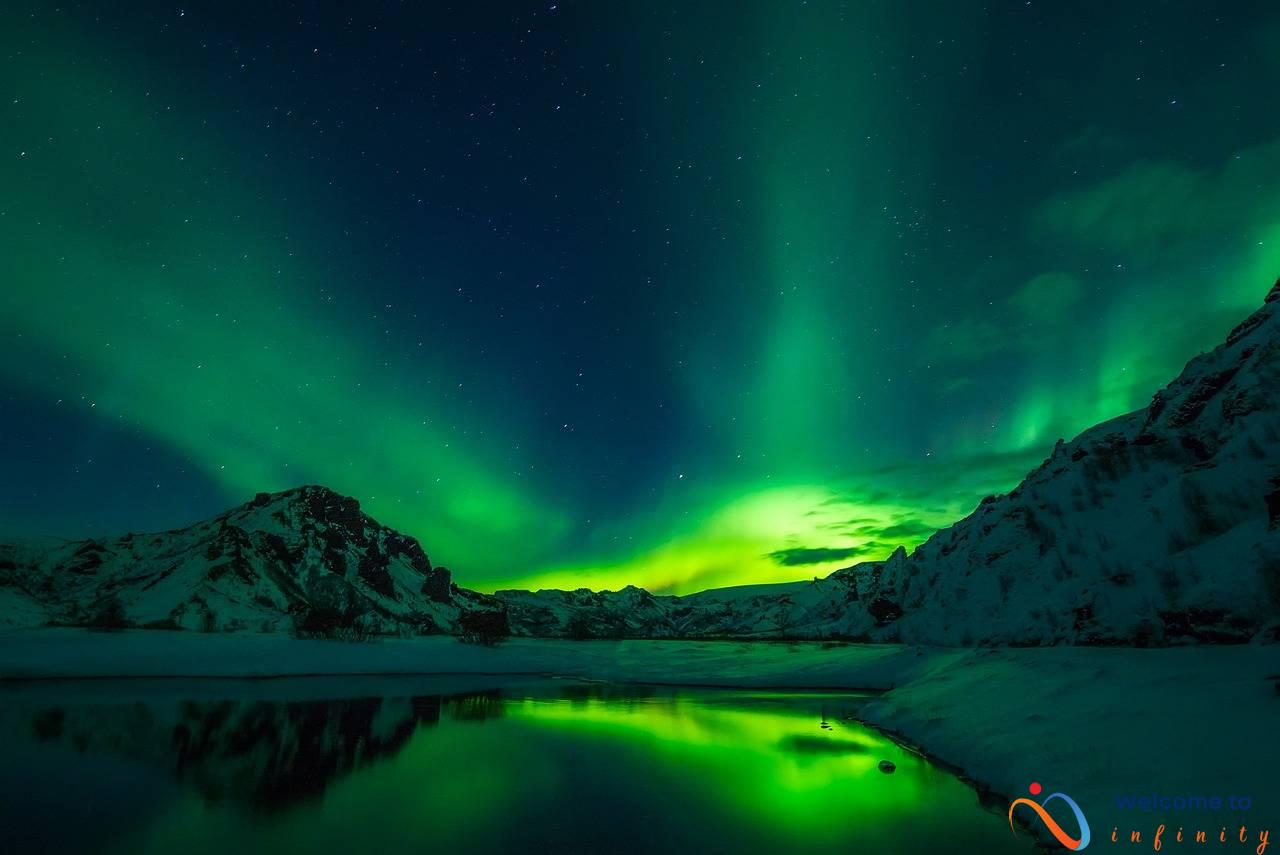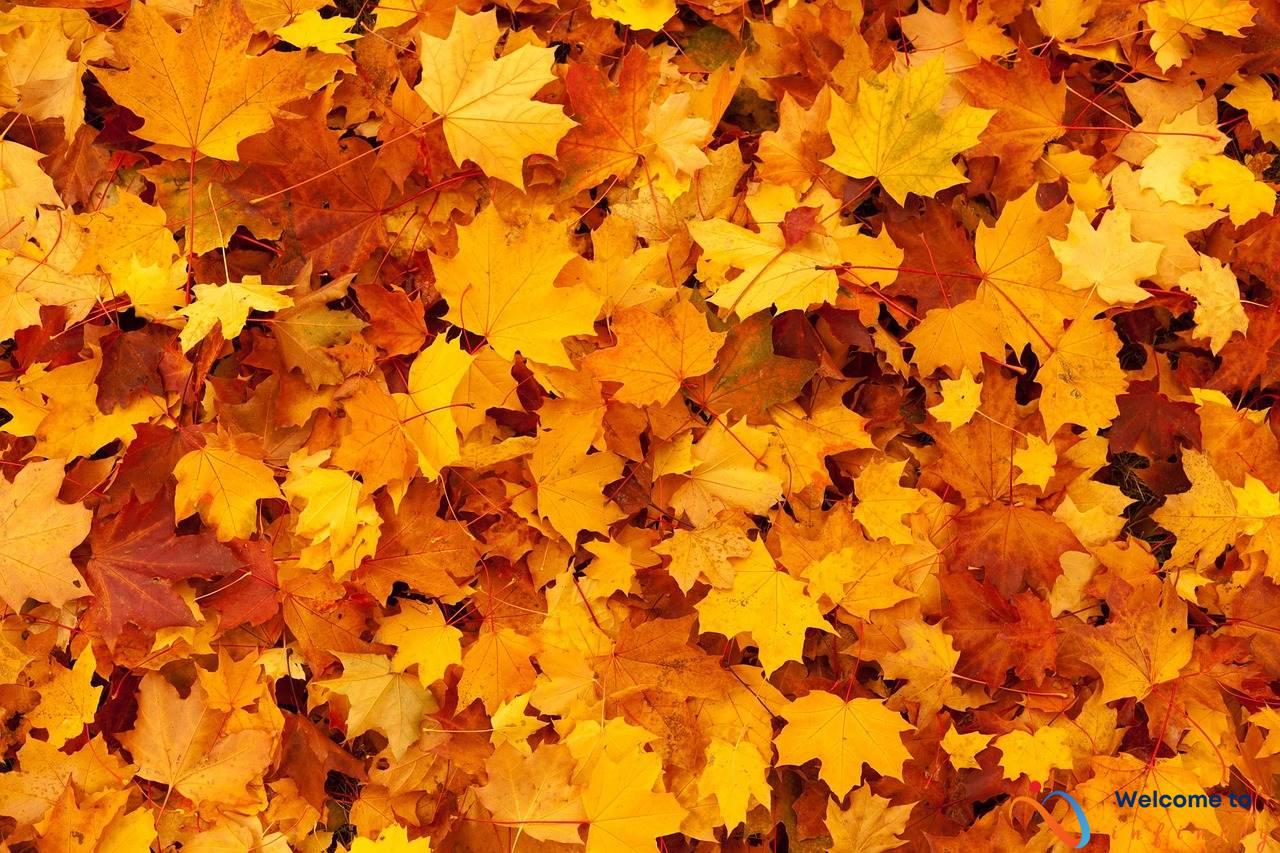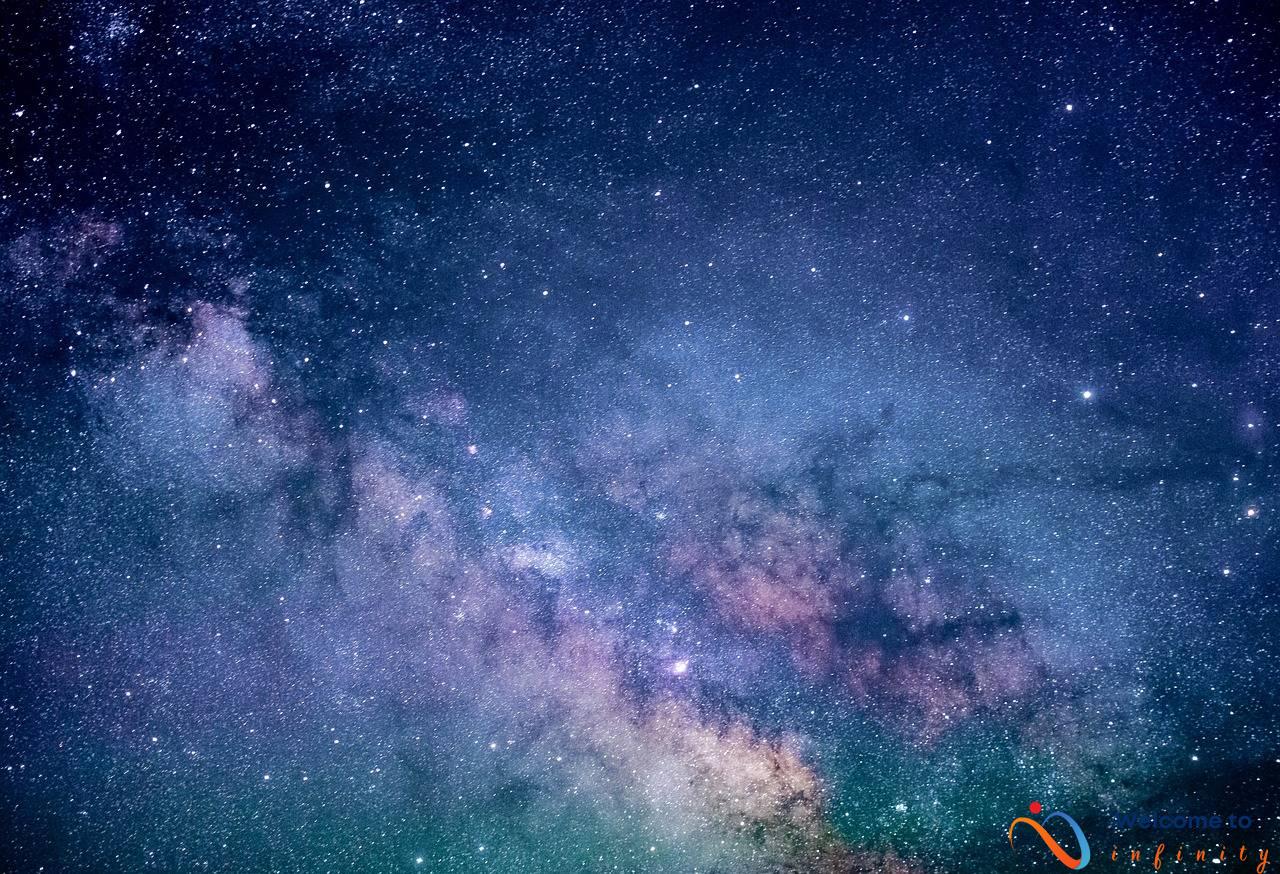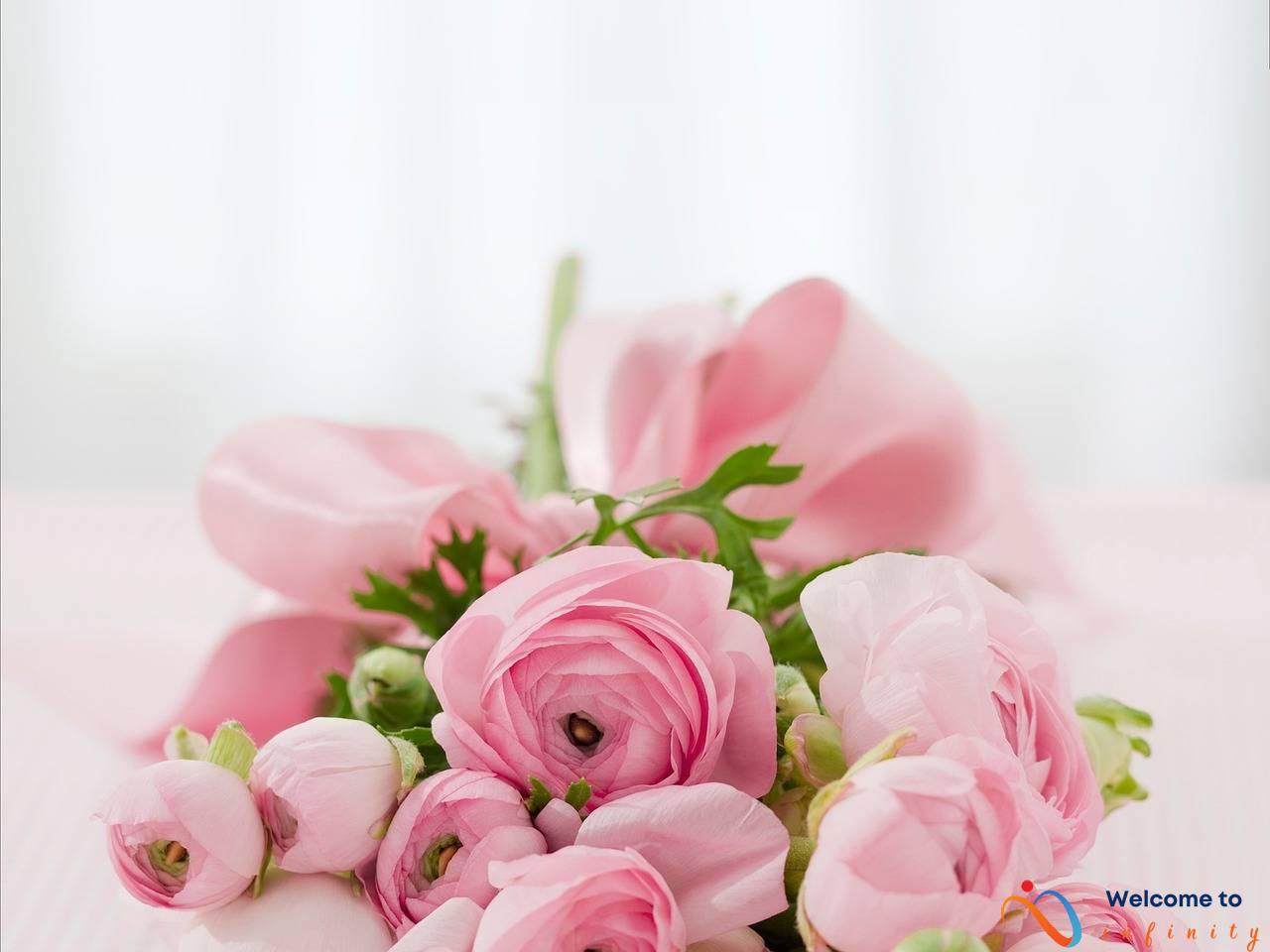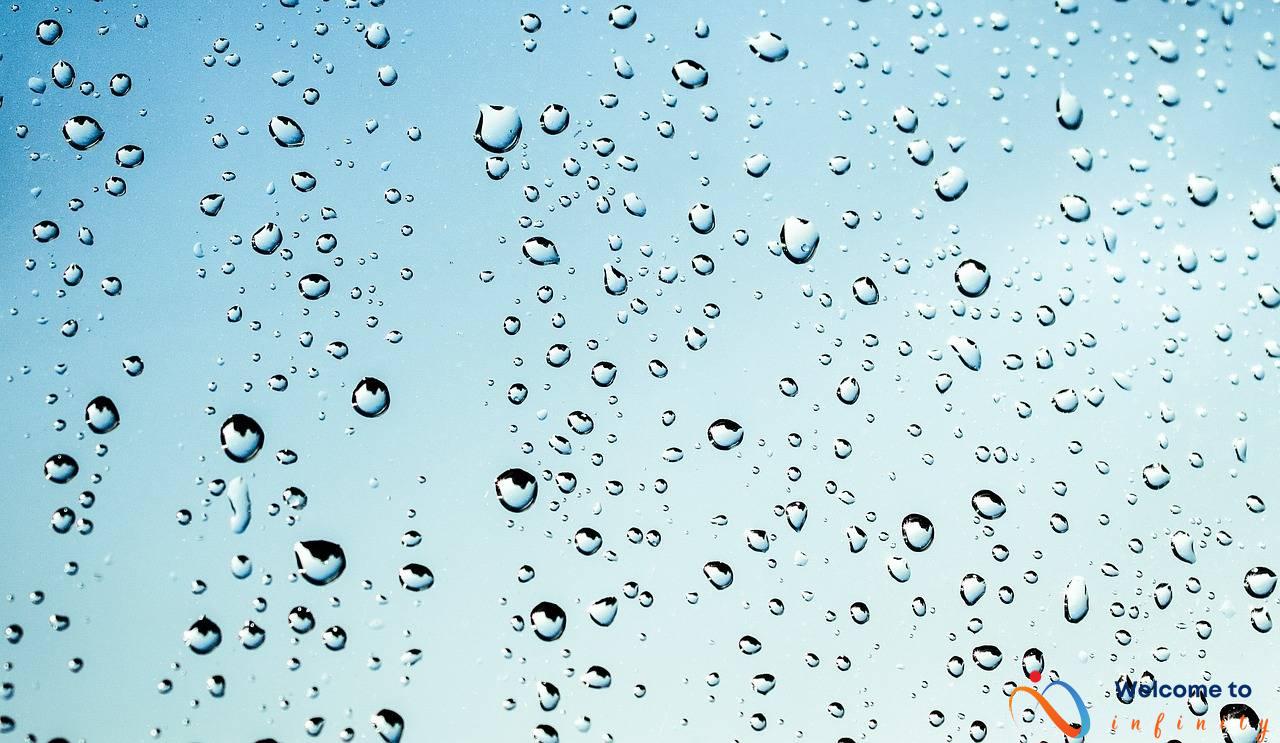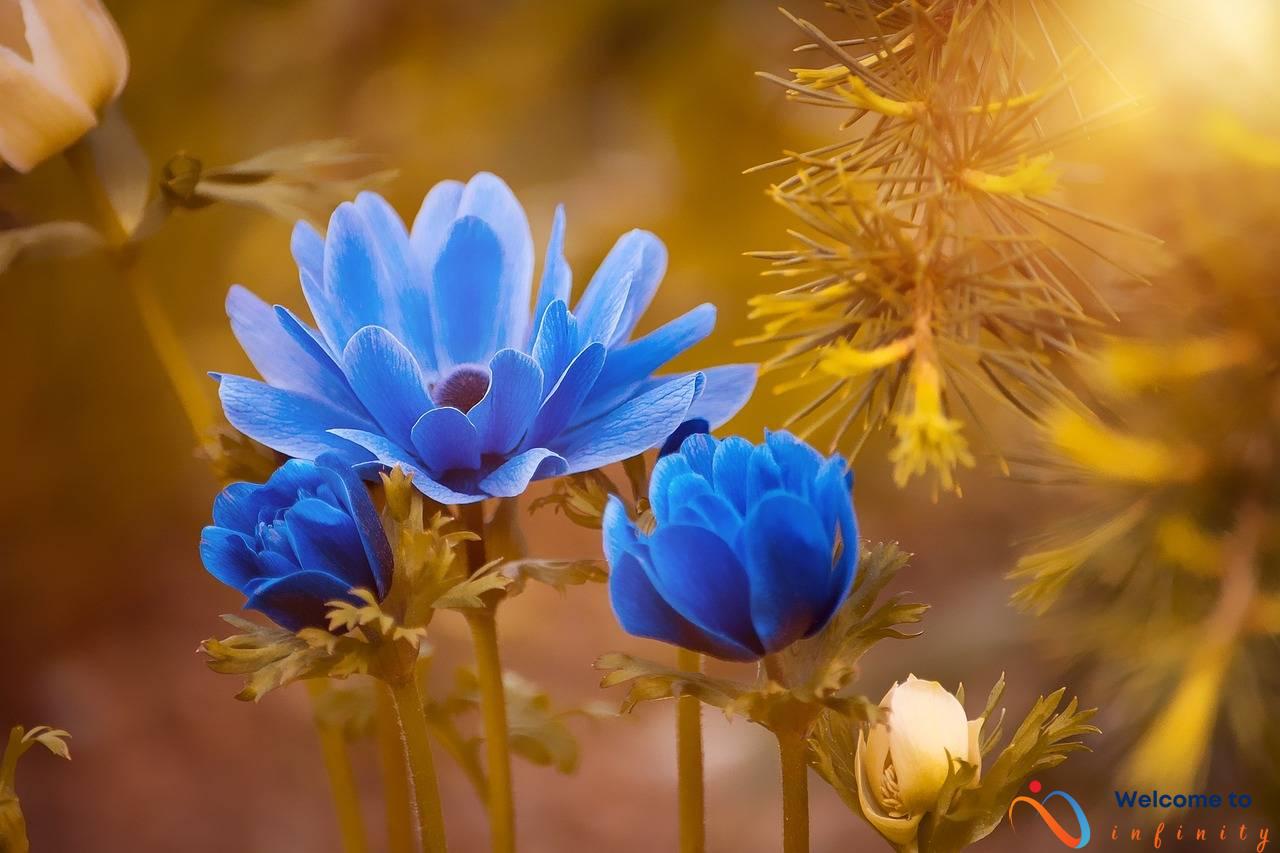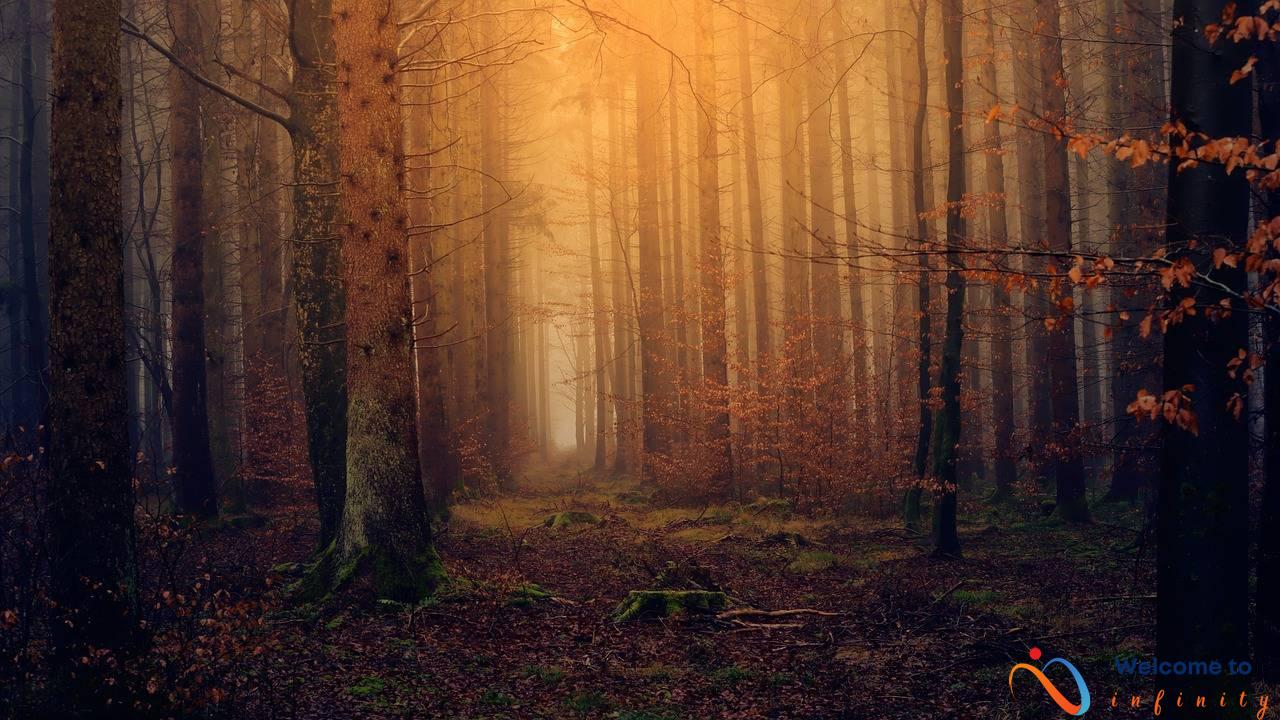Are you looking for the perfect fragrance to set the mood for a romantic occasion? Look no further than these alluring scents that are guaranteed to melt your heart.
It's no secret that fragrance can trigger emotions and memories. Scents have the power to transport us to another time and place, and can even evoke feelings of love and passion. So why not incorporate the power of perfume into your next romantic encounter?
From the floral notes of rose to the sweet and sensual scent of vanilla, these top romantic fragrances are sure to impress. Sandalwood, with its calming and sensual properties, is also a top pick for any romantic occasion.
- Rose: Discover the history and significance of rose in perfumery and how it became associated with romance. Learn about the different types of rose scents and explore some of the top fragrances that contain rose as the main note.
- Vanilla: Find out how vanilla became a popular scent in fragrances and why it is considered an aphrodisiac.
- Sandalwood: Learn how sandalwood is used in fragrance, and the calming and sensual properties it offers.
Whether you prefer a classic floral scent or something a bit sweeter, there's a fragrance out there that's perfect for any romantic occasion. So let these alluring scents melt your heart and set the mood for a night you won't forget.
1. The Power of Perfume
Fragrances have the power to evoke emotions and trigger memories like no other sense can. Research shows that our sense of smell is directly connected to our limbic system, which is responsible for regulating emotions, memories, and certain physiological functions of our body such as heart rate and blood pressure. This is why certain smells can make us feel happy, relaxed, or nostalgic.
The importance of fragrance in triggering emotions and memories has been recognized for centuries. In ancient times, Egyptians and Greeks used fragrances for religious ceremonies, to honor the gods, and to mask unpleasant odors. Perfumes were also used by royalty and wealthy individuals as a symbol of their status and power. Today, fragrances are widely used in many forms including perfumes, colognes, body lotions, and candles.
Choosing the right fragrance can be a highly personal and emotional experience. Certain scents may remind you of a special person, place, or time. Some fragrances may uplift your mood, while others may calm your nerves. Understanding the power of fragrance can help you choose a scent that not only smells good but also makes you feel good.
2. Top Romantic Scents
Fragrances play a vital role in creating a romantic ambiance. The right fragrance can trigger emotions, memories, and attract your loved one. Here are some top romantic scents that are perfect for any romantic occasion:
The sweet and delicate scent of roses has been associated with love and romance for centuries. The scent of roses is known for its uplifting and calming effects, making it a popular choice for romantic occasions.
There are many different types of rose scents used in fragrances such as Bulgarian rose, tea rose, and damask rose. Each variety has its unique scent properties that are perfect for different occasions.
Some of the most popular rose-based perfumes available in the market include Jo Malone Red Roses, Roses de Chloe, and Yves Saint Laurent Paris.
The warm, sweet, and comforting scent of vanilla is known for its aphrodisiac properties. Vanilla is also associated with happy and positive moods, making it perfect for a romantic evening.
The woody, warm, and sensual scent of sandalwood is perfect for creating a romantic ambiance. Sandalwood is known for its calming properties and is often used in aromatherapy to relieve anxiety and stress.
These are some top romantic scents that can melt your heart. When selecting a fragrance, keep in mind the occasion, your personality, and the scent notes that suit you best. Using the right fragrance can leave a lasting impression on your loved one and make your romantic evening unforgettable.
a. Rose
Roses have been a symbol of love and beauty for centuries. In fact, roses have been used in perfumery since ancient times, and their sweet, floral scent has been associated with romance and passion. The first recorded use of roses in fragrance dates back to ancient Rome, where rose petals were added to baths to create a pleasant aroma.
During the Middle Ages, roses were not only used for their scent but also for their healing properties. Rosewater was commonly used as a remedy for various ailments and was believed to have a calming effect on the mind and body.
In the 16th and 17th centuries, roses became a popular ingredient in perfumery and were used to create luxurious fragrances for the wealthy. The most popular variety of rose used in perfumery is the Damask rose, which is known for its sweet, spicy aroma. Today, rose is one of the most popular scents used in fragrance and is found in a wide range of products, from perfumes and body lotions to scented candles and home fragrances.
- Types of Roses Used in Perfumery:
- – Damask rose (sweet, spicy)
- – Bulgarian rose (intense, slightly sweet)
- – Centifolia rose (floral, sweet)
- – Tea rose (fruity, sweet)
Some of the most popular rose-based perfumes include Chanel No. 5, Yves Saint Laurent Paris, and Jo Malone Red Roses. These fragrances use roses in different ways, from creating a delicate floral scent to adding a spicy twist to the fragrance.
The use of rose in perfumery goes beyond just the scent. It is said to have calming and uplifting effects on the mind and body and can evoke feelings of happiness and joy. So, the next time you spritz on a rose-scented fragrance, remember the long and fascinating history behind this romantic fragrance.
i. Different Varieties
When it comes to rose scents, there are a variety of options to choose from, each with their own unique properties. One popular choice is the classic and timeless scent of traditional rose. This scent is typically found in floral fragrances and is often associated with romance and femininity.
Another option is the damask rose, which has a slightly spicy and warm aroma. This scent is often used in perfumes marketed towards men, as it has a more robust and masculine quality compared to traditional rose.
For those who prefer a fruity twist to their scents, there is the sweet and tart scent of the tea rose. This variety of rose is often blended with other fruity notes such as peaches and strawberries, creating a delightful and playful fragrance.
Finally, there is the musky scent of the moss rose, which is often used as a base note to add depth and complexity to fragrances. This type of rose is typically used in more unisex and mature scents, as it has a more earthy and grounded quality compared to other rose varieties.
When it comes to using rose scents in fragrances, each variety serves a unique purpose. Some fragrances may mix and match different rose scents to create a complex and layered scent profile, while others may focus on one particular variety. Whether you prefer a classic, fruity, or musky rose scent, there is a fragrance out there that is sure to melt your heart.
ii. Popular Rose-Based Perfumes
When it comes to rose-based perfumes, there are countless options to choose from. Here are just a few of the most popular rose-based scents that are sure to melt your heart:
1. Chanel No. 5: This iconic fragrance contains both rose and jasmine notes, as well as a blend of woody and musky scents. It's been a classic choice for over 90 years and is a timeless symbol of luxury and elegance.
2. Yves Saint Laurent Paris: This delicate floral fragrance has been a favorite since its launch in 1983. Its main notes are rose and violet, with additional touches of bergamot, iris, and sandalwood.
3. Jo Malone Red Roses: This fresh and vibrant fragrance features notes of seven different types of roses, as well as hints of lemon and honeycomb.
5. Tom Ford Rose Prick: This sexy and intoxicating fragrance contains a blend of Bulgarian roses, rose de mai, and turkish rose, with additional notes of patchouli and tonka bean.
No matter your personal taste, there is a rose-based fragrance out there that is sure to make your heart skip a beat. So why not try one of these picks and let the romantic aroma transport you to another world?
b. Vanilla
Vanilla is a popular ingredient in the world of fragrances. It has a sweet and comforting scent that is often associated with love and romance. Vanilla became widely used in perfumery in the 19th century, where it was often blended with other ingredients to create unique scents.
Vanilla is considered an aphrodisiac due to its comforting aroma. The sweet scent of vanilla can evoke feelings of pleasure and relaxation, making it the perfect scent for a romantic setting. Additionally, the scent of vanilla can also stimulate the brain's pleasure centers, releasing endorphins that create feelings of happiness and euphoria.
The use of vanilla in fragrance can be traced back to the Aztecs, who used it as a flavoring for chocolate. Europeans later discovered the fragrant properties of vanilla and began incorporating it into perfumes, soaps, and candles. Today, vanilla is used in a variety of fragrances, from sweet and creamy gourmand scents to fresh and floral perfumes.
When used in fragrances, vanilla is often paired with other ingredients such as musk, citrus, or florals to create a well-rounded and complex scent. Some popular perfumes that contain vanilla as a note include Guerlain's Shalimar and Tom Ford's Vanilla Fatale.
In conclusion, vanilla is a widely used ingredient in perfumery due to its comforting and romantic properties. Its use in fragrances can be traced back centuries, and it continues to be a popular choice among consumers. Whether used on its own or combined with other scents, vanilla is sure to make any fragrance more alluring and enchanting.
c. Sandalwood
Sandalwood is a popular ingredient in fragrances due to its unique properties that elicit feelings of relaxation and sensuality. It is derived from the sandalwood tree which is native to India and has been used in traditional medicine and aromatherapy for centuries.
Sandalwood is known for its calming qualities and is often used in fragrances designed to promote relaxation and reduce stress. It is also a popular ingredient in sensual and romantic fragrances due to its ability to evoke feelings of intimacy and closeness.
In perfumery, sandalwood adds depth and richness to fragrances, often complimenting other notes such as florals and spices. It has a warm and woody scent that is both smooth and creamy, making it a popular choice for both men's and women's fragrances.
Sandalwood is also often used as a base note in fragrances as it has a long-lasting scent. When combined with other notes, it can create a long-lasting fragrance that evolves over time. Sandalwood is commonly found in fragrances for its ability to provide an earthy, grounding base.
Overall, sandalwood is a versatile ingredient in fragrance-making and has been used for centuries for both its calming and sensuous qualities. Whether used alone or as a complement to other notes, sandalwood remains a popular ingredient in fragrances today.
3. The Art of Layering
The art of layering fragrances is a technique used by experts and enthusiasts alike to create a unique signature scent that lasts all day. By mixing different scents, you can create your own personalized fragrance that will represent you and enhance your mood. Layering perfumes is a creative way to test and experiment with different scents to find the perfect blend that suits you.
The key to successful layering is to choose fragrances that complement each other and have similar notes. Don't be afraid to play around with contrasts, though, as sometimes mixing different scent families or contrast notes can lead to interesting and fresh results. You can try layering a floral scent with a woody one or a citrusy one with a sweet one.
The first step in layering fragrances is to apply the base scent, usually a body lotion or oil, that suits your skin type and has a light scent that won't overpower the other scents. Then, you can add the other perfumes on top of the base scent, starting with the lightest notes and working your way up to the heavier ones. Remember to wait a few minutes between each application to let the fragrance settle and prevent the scents from clashing.
- Apply the base scent
- Add the lightest fragrance
- build up to heavier scents
- Wait a few minutes between each application
Another technique in layering is to apply the different fragrances on different parts of the body, taking into account the strengths and weaknesses of each scent. For example, a fresh and citrusy scent can be applied to pulse points where the skin is warmer and the scent will radiate more, while a rich and musky scent can be applied to areas where the skin is oilier and the scent will stick more.
The art of layering fragrances can be playful and enjoyable, but it also requires some knowledge of fragrance notes and chemistry. Don't be afraid to experiment and mix it up until you find your perfect blend that expresses who you are and how you feel.
a. The Science Behind Layering
When it comes to layering fragrances, there's a science behind it that affects the final scent. The chemical reactions that occur when combining fragrances can either enhance or conflict with one another. When properly done, layering fragrances can create a unique scent that suits your personality and mood.
One of the key things to consider when layering fragrances is the notes in each scent. Certain notes have chemical compounds that interact with other notes differently. For example, citrus notes in a fragrance can counterbalance the sweetness of floral notes. In contrast, patchouli can overpower delicate scents and alter the overall fragrance profile.
It's also important to consider the concentration of each fragrance when layering. Stronger scents can overshadow lighter scents, but when used strategically, they can create a long-lasting scent. For example, using a light floral body wash followed by a stronger perfume can create a subtle, long-lasting fragrance.
In addition to notes and concentration, temperature also impacts how fragrances interact with each other. Applying fragrances to pulse points on the body helps to diffuse the scent and heat up the skin, which can cause fragrances to evolve and interact with one another.
Ultimately, layering fragrances is a personal process that requires experimentation. To get started on creating your signature scent, start by layering scents with similar notes and then gradually build on it. Remember, it's all about finding a combination that works for you and creates a scent that is uniquely your own.
b. Tips for Layering
Layering fragrances is a great way to create a personalized and unique scent that lasts longer than a single scent alone. Here are some expert tips on how to layer fragrances effectively and create your own signature smell.
First, start with a base fragrance that you love. This could be a perfume, body oil, or lotion. Make sure it is something that smells good on its own, and that you enjoy wearing.
Next, choose a complementary fragrance to layer on top of the base. This can be a different scent family that complements the base, or a scent that enhances a particular note in the base fragrance. For example, if your base is a floral scent, consider layering a citrus or spice fragrance on top to add some depth and interest.
When layering, start with the base fragrance and apply it to your skin as you normally would. Then, spray or dab the complementary fragrance on top in targeted areas. This could be on your pulse points, such as your neck or wrists, or in your hair or on your clothes.
Experiment with the amount of fragrance you apply, as well as the order in which you apply them. Sometimes, less is more, and a small amount of a complementary fragrance can go a long way in elevating your base scent.
Additionally, consider layering with products that already have multiple scents built in, such as body washes or hair oils. These can provide an easy way to add complexity and depth to your fragrance without the need for multiple products.
Overall, layering fragrances is a fun and creative way to develop your own unique scent. With these expert tips, you can layer fragrances effectively and create a signature scent that is sure to turn heads.

